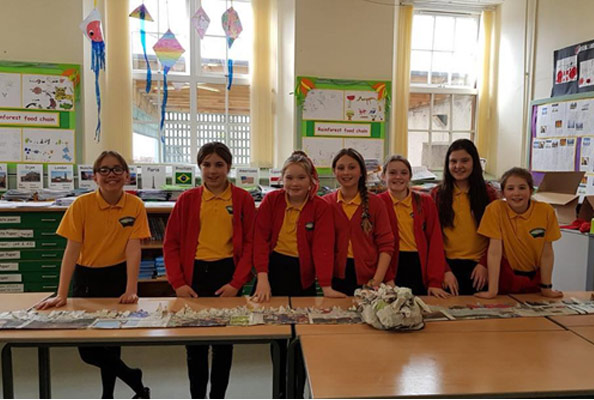We are drifting apart from nature. The majority of the human population live in ever growing towns and cities and have become accustomed to living daily life largely bereft of flora and fauna.
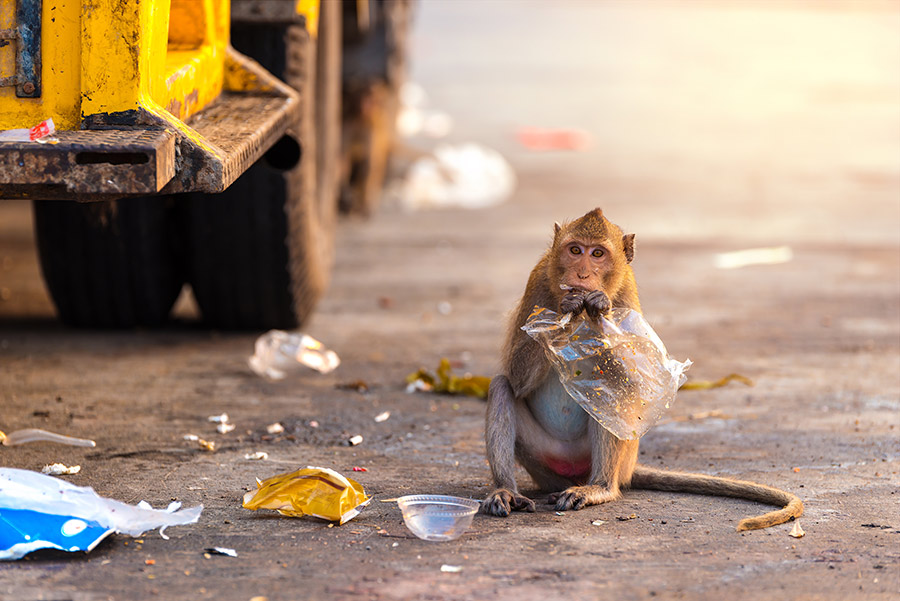

Our current demands require 1.5 x Earths natural resources.

In 44 years, the world’s wildlife has decreased by 52% on average.

Agriculture accounts for 92% of the global water footprint.
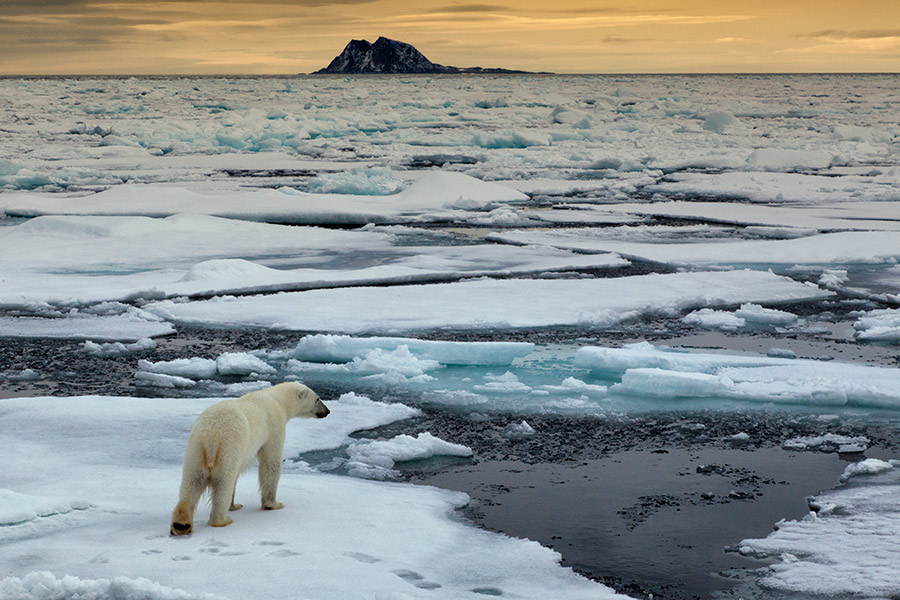
The report provides new estimates of the chances of crossing the global warming level of 1.5°C in the next decades, and finds that unless there are immediate, rapid and large-scale reductions in greenhouse gas emissions, limiting warming to close to 1.5°C or even 2°C will be beyond reach.
The report also shows that human actions still have the potential to determine the future course of climate. The evidence is clear that carbon dioxide (CO2) is the main driver of climate change, even as other greenhouse gases and air pollutants also affect the climate.
The report shows that emissions of greenhouse gases from human activities are responsible for approximately 1.1°C of warming since 1850-1900, and finds that averaged over the next 20 years, global temperature is expected to reach or exceed 1.5°C of warming. This assessment is based on improved observational datasets to assess historical warming, as well progress in scientific understanding of the response of the climate system to human-caused greenhouse gas emissions.
“This report is a reality check,” said IPCC Working Group I Co-Chair Valérie Masson-Delmotte. “We now have a much clearer picture of the past, present and future climate, which is essential for understanding where we are headed, what can be done, and how we can prepare.”
To read the full report, click here
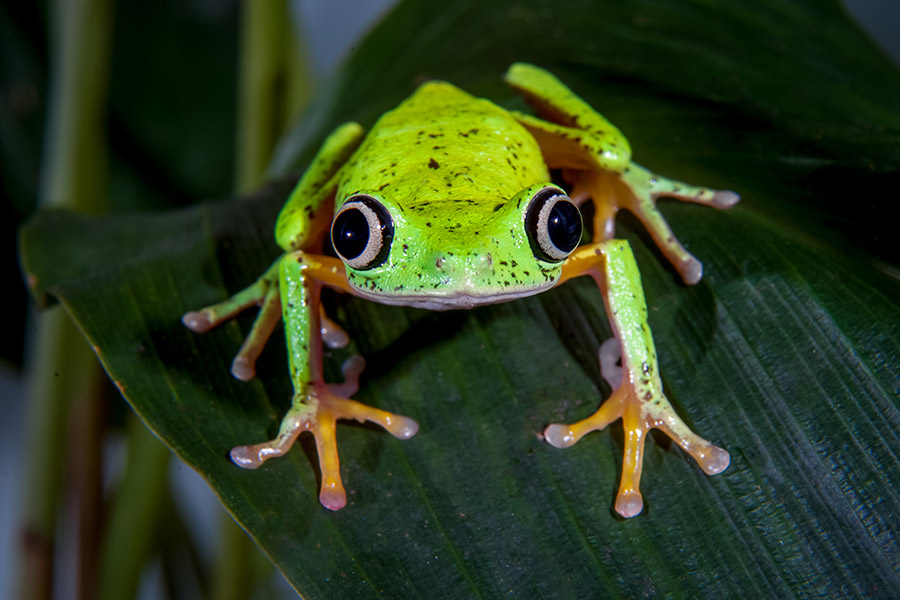
Summary from Marco Lambertini, director general of WWF
As the world reels from the deepest global disruption of a lifetime, this year’s Living Planet Report provides unequivocal evidence that nature is unravelling and that our planet is flashing red warning signs. Humanity’s destruction of nature is having catastrophic impacts not only on wildlife populations but also on human health and all aspects of our lives. A deep cultural and systemic shift is urgently needed, one that so far our civilisation has failed to embrace: a transition to a society and economic system that values nature. We must rebalance our relationship with the planet to preserve the Earth’s amazing diversity of life and enable a just, healthy and prosperous society – and ultimately to ensure our own survival. Nature is declining globally at rates unprecedented in millions of years. The way we produce and consume food and energy, and the blatant disregard for the environment entrenched in our current economic model, has pushed the natural world to its limits. COVID-19 is a clear manifestation of our broken relationship with nature, and highlights the deep interconnection between the health of both people and the planet. It is time we answer nature’s SOS. Not just to secure the amazing diversity of life we love and have the moral duty to coexist with, but because ignoring it puts the future of nearly 8 billion people at stake. A better future starts with the decisions that governments, companies and people around the world take today. World leaders must take urgent action to protect and restore nature as the foundation for a healthy society and a thriving economy. It’s time for the world to agree a New Deal for Nature and People, committing to stop and reverse the loss of nature by 2030 and build a carbon-neutral and nature-positive society. This is our best safeguard for human health and livelihoods in the long term, and to ensure a safe future for our children.
To read the full report, click here
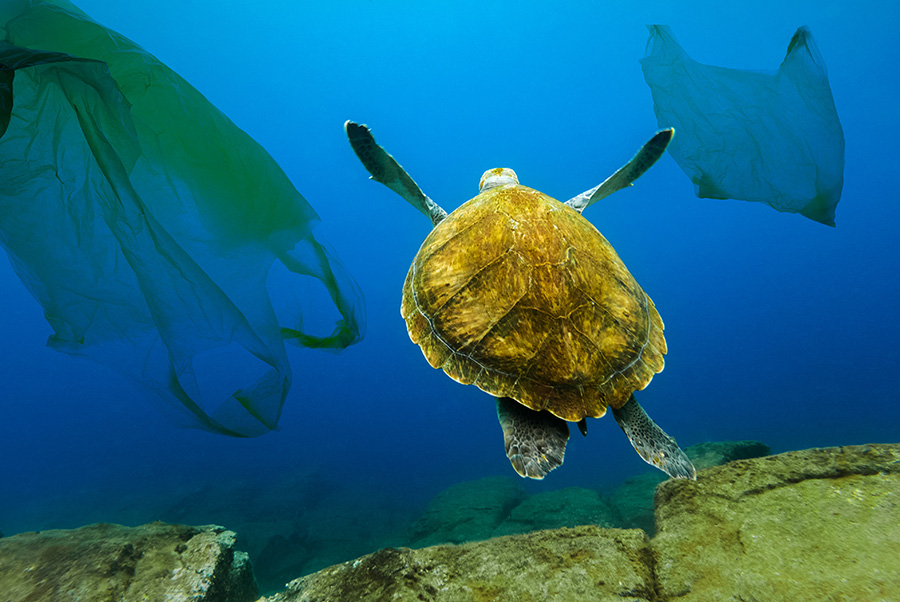
This report compiled by 150 experts from 50 countries over 3 years and commissioned by the UN states that we are triggering a mass extinction event, connecting many environmental crises such as climate change, biodiversity loss, pollution, human population growth, ocean plastics. 3.2 billion people are suffering from degraded soils and chemical farming is destroying our pollinating wildlife.
It is not too late to make a difference but only if we start now at every level from local to global. Transformative changes are needed to restore and protect nature. Opposition from vested interests can be overcome for public good.
The five direct drivers of the decline in nature are in order of importance (1) changes in land and sea use; (2) direct exploitation of organisms; (3) climate change; (4) pollution and (5) invasive alien species.
Some key facts from the report state:
To read the full report, click here
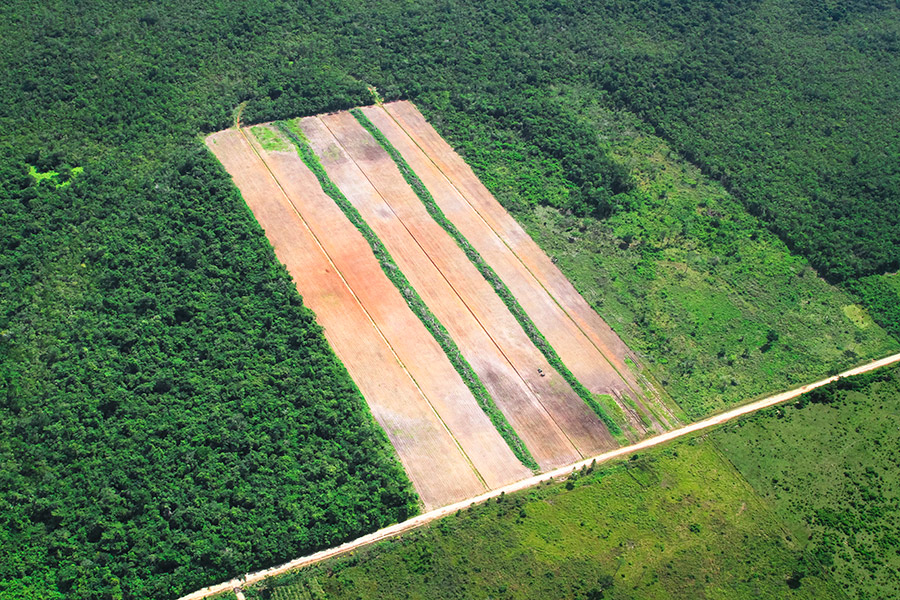
To read the full report, click here

This double report – Progress in reducing emissions and Progress in adapting to climate change provides a comprehensive overview of the UK Government’s progress to date on reducing emissions and adapting to climate change. Together, the assessment offers more than 200 policy recommendations covering every part of Government.
To read the full report, click here
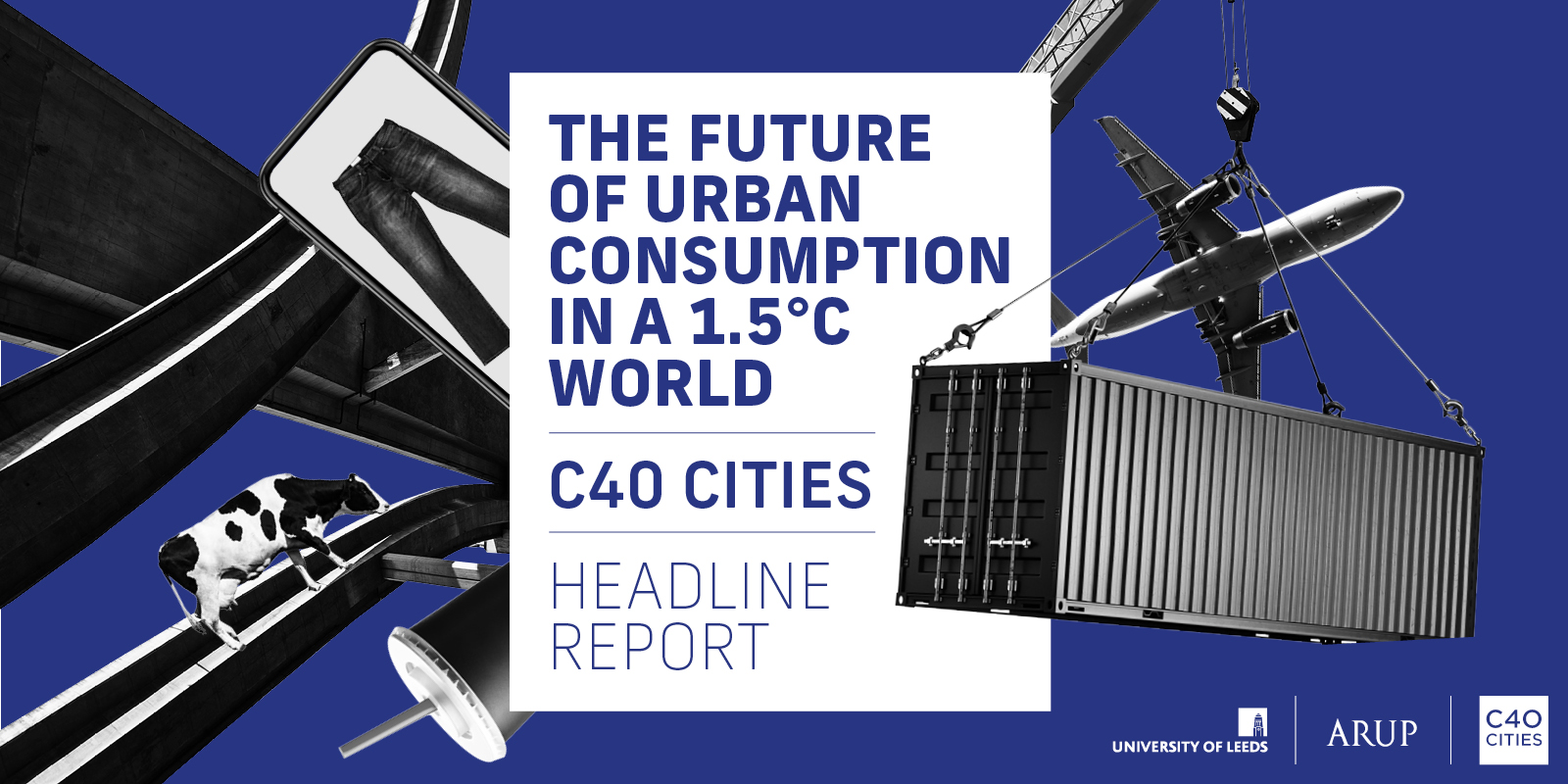
A new report from C40 Cities, Arup & the University of Leeds with support from Citi Foundation – explores the impact that urban consumption has on global greenhouse gas emissions and assesses what individuals, businesses and governments can do to reduce consumption-based emissions within cities and beyond.
To read the full report, click here
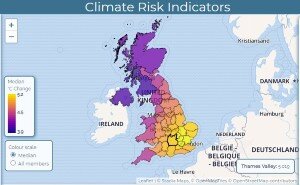
The Adaptation Committee’s Independent Assessment of UK Climate Risk sets out the priority climate change risks and opportunities for the UK. The report draws on an extensive programme of analysis, consultation and consideration by the Committee involving over 450 people, 130 organisations and more than 1,500 pages of evidence and analysis.
To read the full report, click here, or visit ukclimaterisk.org
Find out some simple steps to get you started on the path to living sustainably.
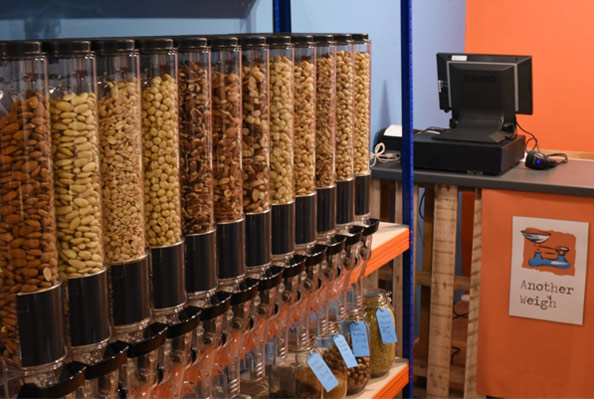
Join our growing community in pledging to make a difference in your daily routine.
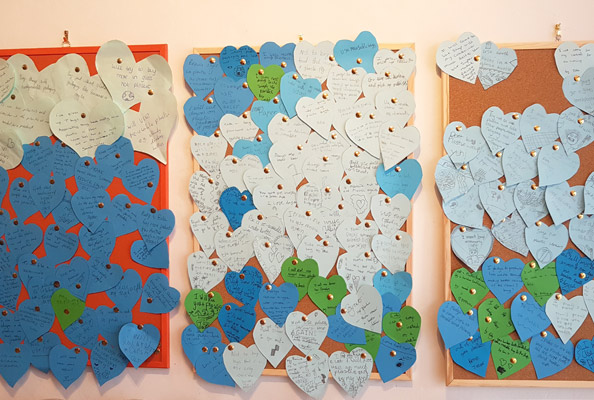
Do you have a community group or school that would benefit from our talks?
